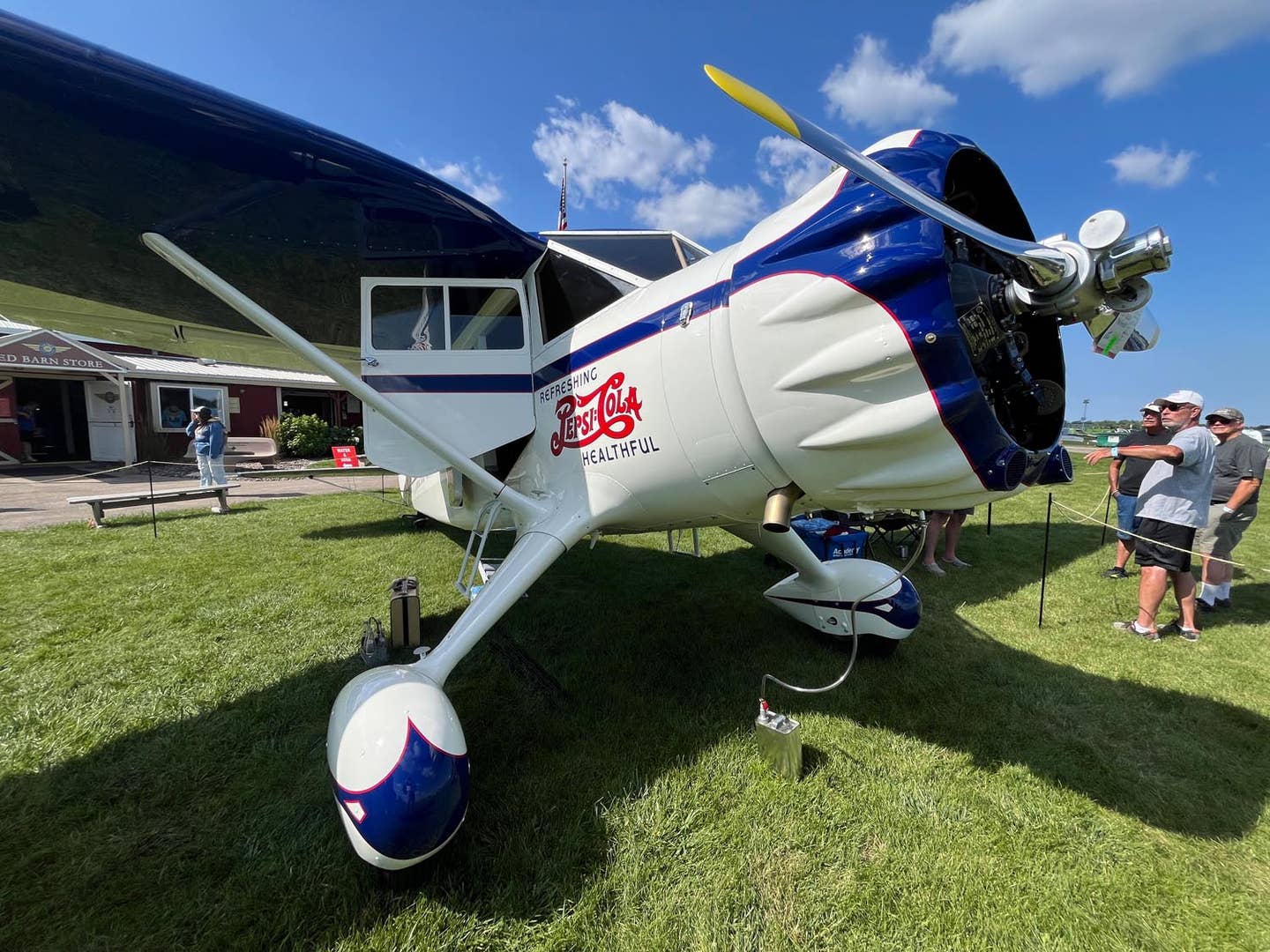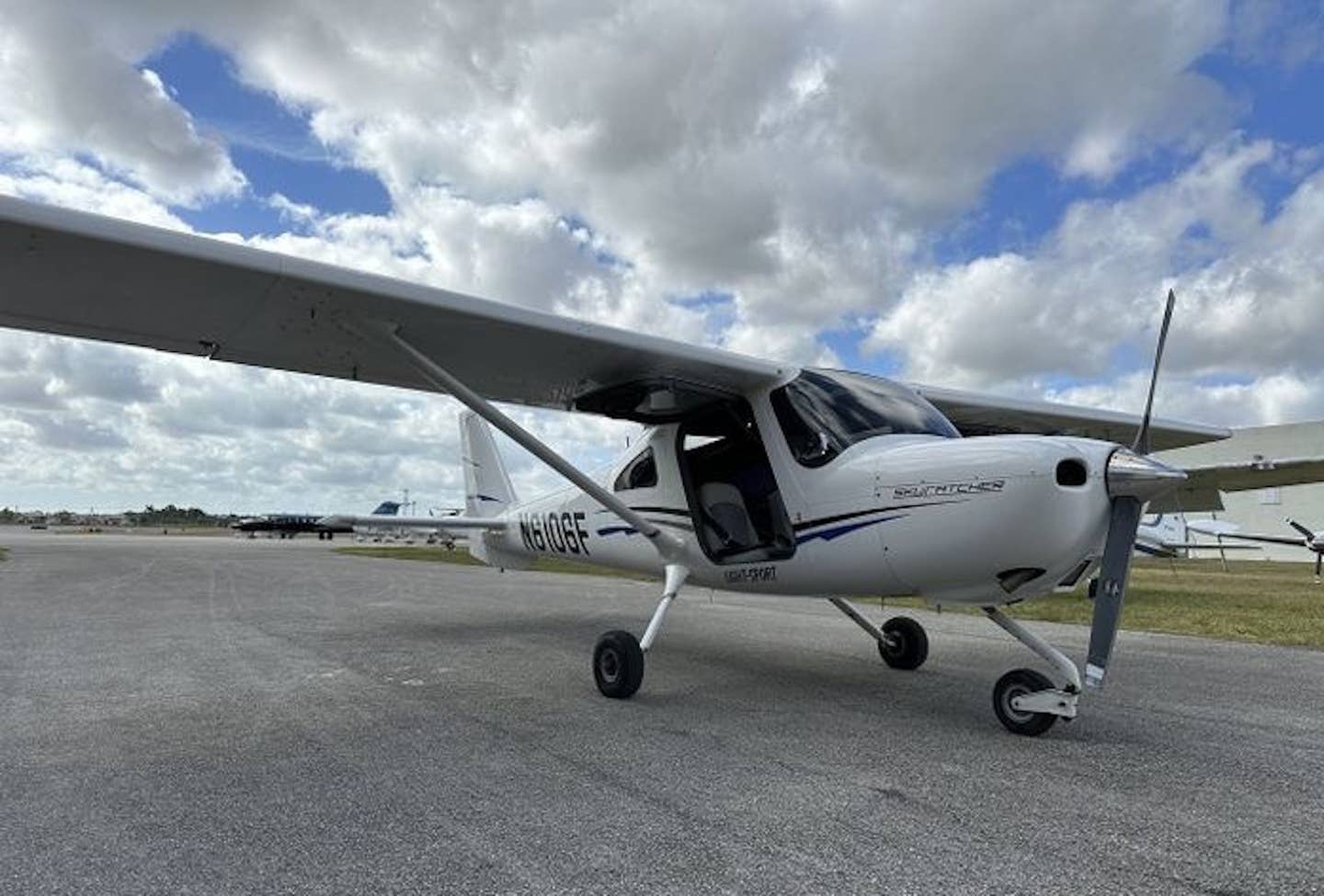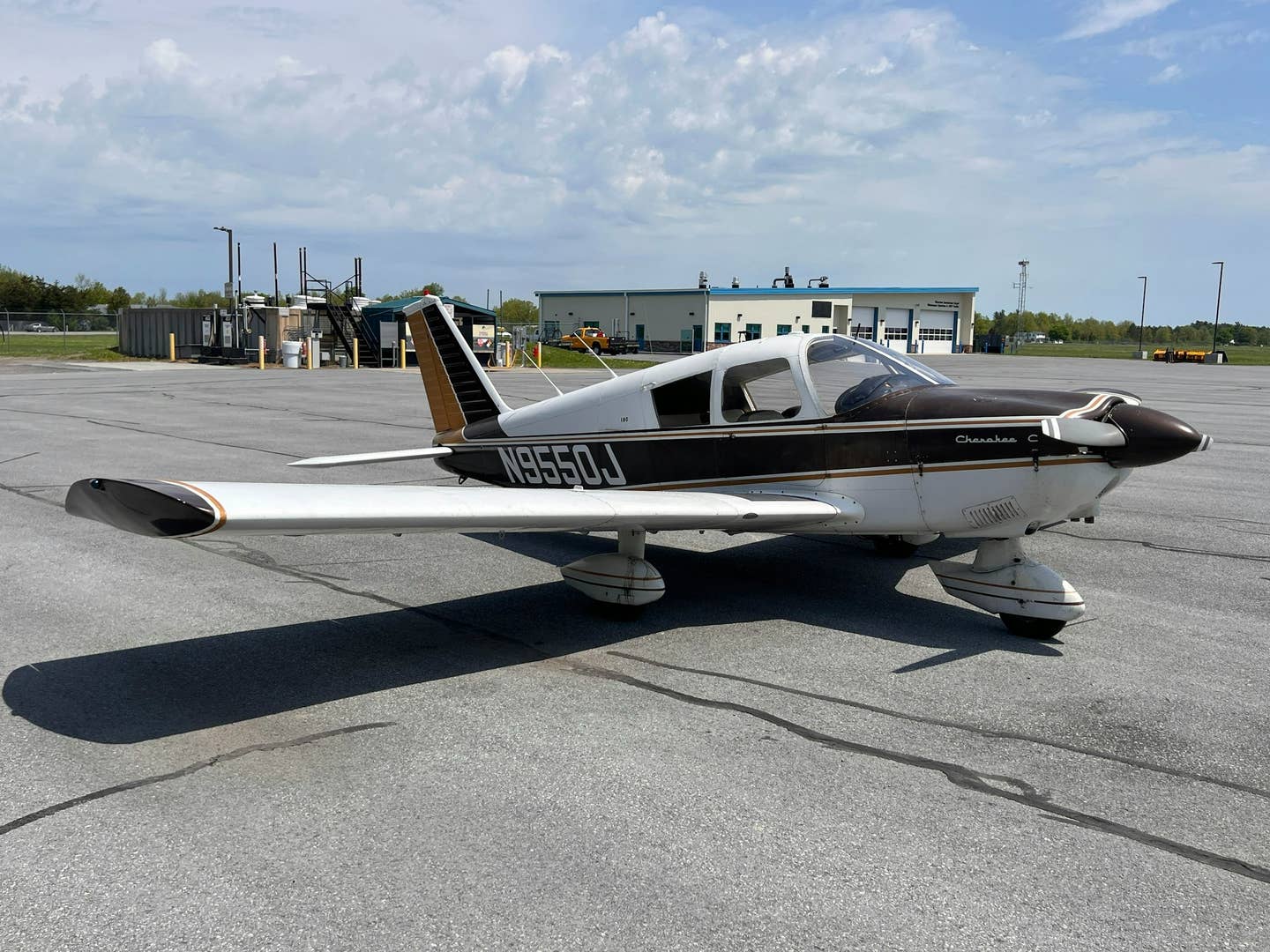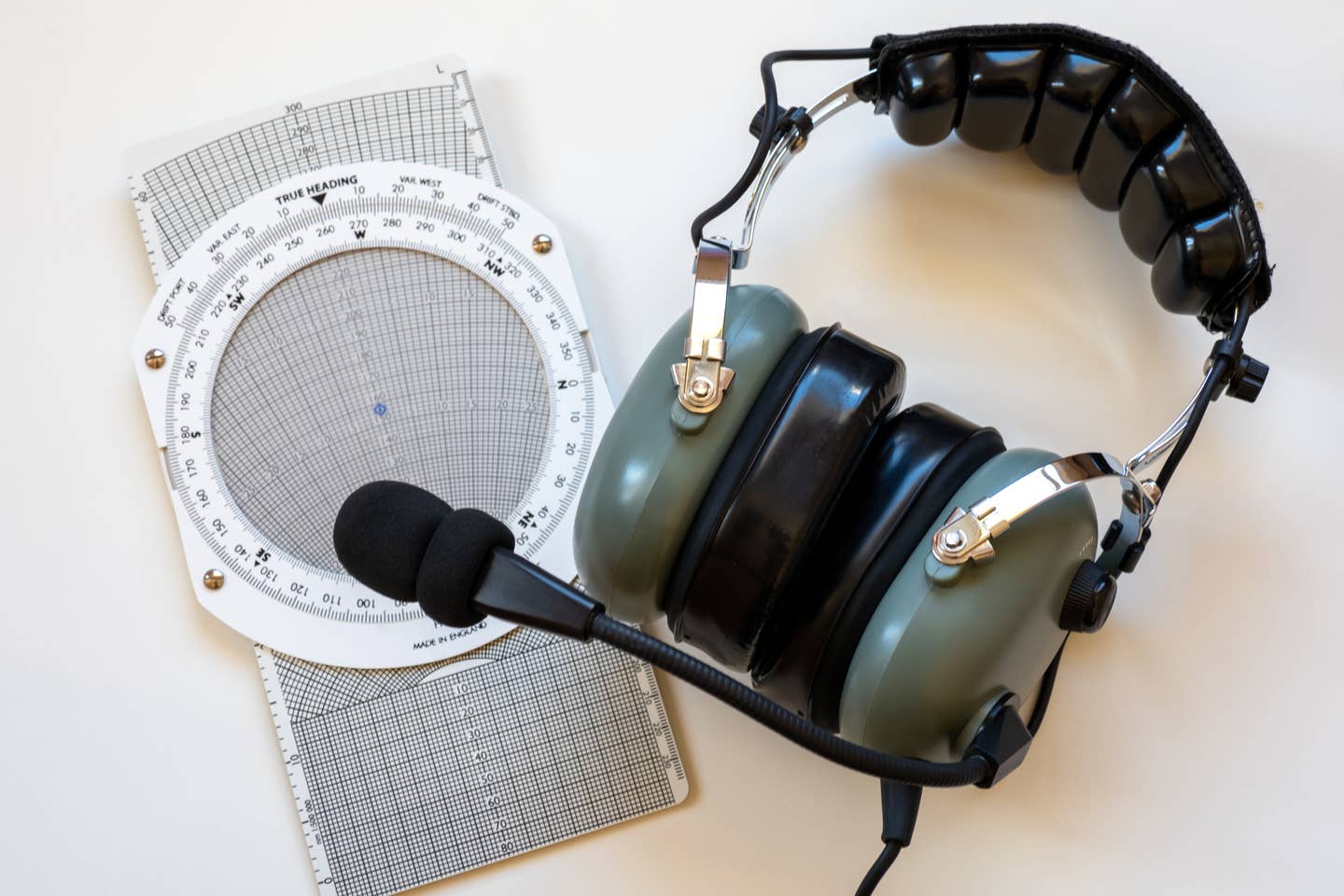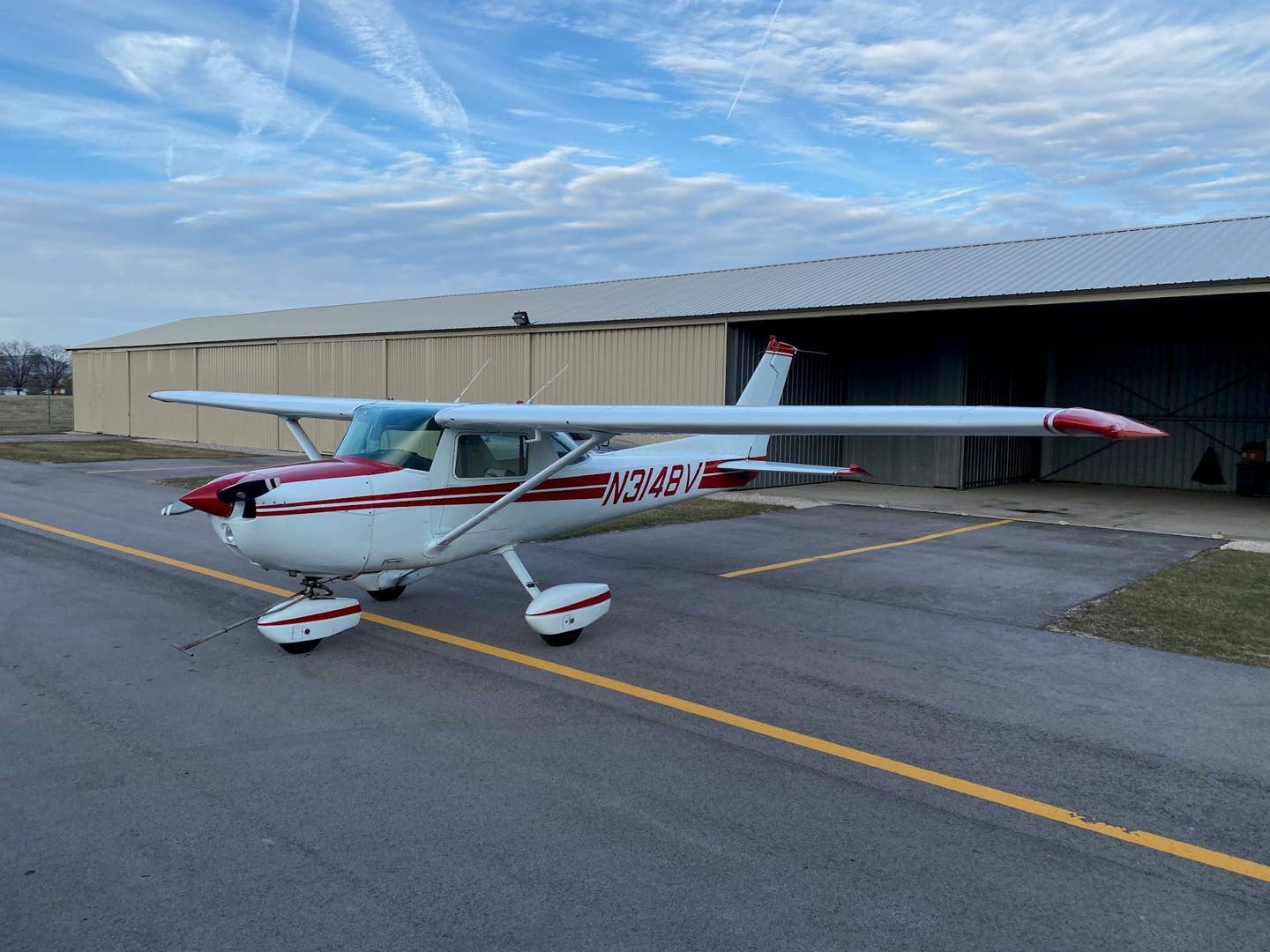After the Accident: Worst Glide
A little after 9 a.m., 45 seconds after takeoff, one of the pilots of a Velocity V-Twin radioed the tower at Janesville, Wisconsin (KJVL): “We’d like to circle back and…
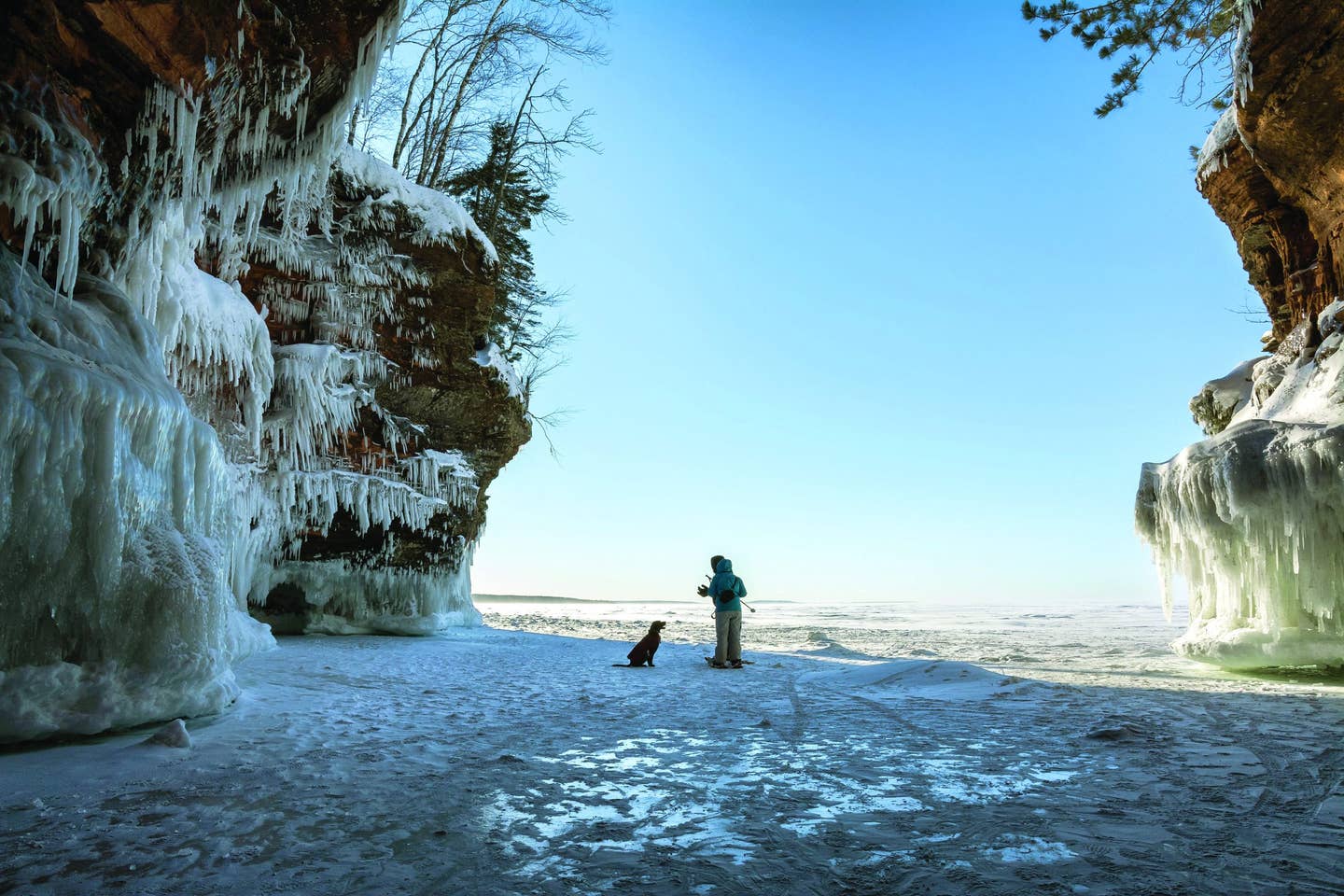
The weather was good in Janesville. It was winter, and for sure it felt cold, just 7 degrees Fahrenheit. [Adobe stock]
A little after 9 a.m., 45 seconds after takeoff, one of the pilots of a Velocity V-Twin radioed the tower at Janesville, Wisconsin (KJVL): “We’d like to circle back and land Runway 32 and...work through some engine issues if we could.”
ATC acknowledged the request, asked the pilot to report turning final for Runway 32, and if they needed assistance. The reply—“No, sir. We should be fine. Give you a call turning final.” That was the last transmission. N13VT went down while turning onto final, killing both pilots.
Their journey began at 6:30 a.m. on February 16, 2021, leaving Appleton, Wisconsin (KATW). Their destination was Sebastian, Florida (KX26), for planned maintenance. The airplane had issues with its retractable landing gear and was being flown on a ferry permit, which required the aircraft operate with the gear extended at all times. Also, the permit required a copilot even though the four-seat light piston didn’t require one.
The Velocity V-Twin is a two-engine pusher canard. Built as a comfortable long-haul cruiser with an advertised range of 1,100 nm, the experimental category fiberglass kitplane is a stunner. Outside, it looks like sort of a smaller version of the Beechcraft Starship. With big gull-wing doors, inside it has sports car styling with side-sticks and flat-panel displays.
On the front of the fuselage sit canards, small controllable wings that handle pitch control. Used in many aircraft, from the Wright Flyer to the Eurofighter Typhoon, canards can offer excellent control authority. They were designed to stall before the main wing, so at high angles of attack the nose automatically bobs down, always keeping the main wing flying.
On the back of the airplane are the propellers. Pusher aircraft allow the wing to fly in clean, undisturbed air and offer pilots unobstructed views. We don’t see a lot of pusher aircraft because the propellers work in the more turbulent air behind the wing, and there are troubles with engine cooling. What is certainly an advantage with the V-Twin design is the closeness of the two engines to the aircraft centerline, reducing unwanted yaw in single-engine operations. The airplane was built in 2020, and other than the gear mechanism issue, had no known mechanical discrepancies.
The pilots landed at the KJVL—a tower-controlled field with three paved runways—for fuel. The pilots pulled into the Janesville Jet Center and asked to be fueled up with 100LL. The manager remembers nothing unusual—“chitchat mostly”—about their flight down to Florida. The National Transportation Safety Board (NTSB) found no issues with the 100LL.
The weather was good in Janesville. It was winter, and for sure it felt cold, just 7 degrees Fahrenheit. But that’s nothing these two pilots, both in their mid-20s, who grew up in Wisconsin, hadn’t experienced before. The unlimited visibility, complete lack of precipitation, 5,000 foot cloud ceiling, and a light 9-knot wind out of the north would have been welcome VFR conditions.
They taxied out and took off normally. So what was the engine problem? And why couldn’t they return to land on the remaining engine?
Post-accident examination of the airplane revealed a chafed wire on the left-engine oil pressure sender. The NTSB report states that based on “ATC communication, the engine teardown, recovered MFD data, and POH rate-of-climb data, it appears that the flight crew may have shut down the left engine seconds after their radio call as a precautionary measure.” The damaged wiring harness caused the cockpit display to show a red “X” where the left engine oil pressure value would normally be. The left throttle, propeller, and mixture controls were found in their aft (shutdown) positions.
So far, so good—a precautionary engine shutdown and immediate return to land. The airplane continued to climb but at a slower rate consistent with single-engine performance. They were now heading south on a modified left downwind for Runway 32. The flying pilot further pitched down to a level flight attitude. Their indicated airspeed increased to about 16 knots above the maximum for flight with the landing gear extended (VLE is 140 knots for this Velocity V-Twin).
One minute and 10 seconds later, part of the right main gear door came off the airframe and struck the right propeller. All three blades separated about 18 inches outboard from the propeller hub, creating a total loss of right engine power. Immediately, their altitude and airspeed started to decrease. The NTSB performance analysis dryly notes that from here: “with both engines inoperative, N13VT likely did not have the energy required to glide back to the airport.”
As the airplane drifted lower, recovered onboard avionics data showed a rising angle of attack, followed by increasingly frantic gyrations in pitch and roll. The tower controller saw the airplane descend beyond trees southeast of the airport, in a left bank that started to tighten. The controller saw the airplane’s nose “almost pointed down toward the ground.”
The last eyewitness, walking his dog southeast of the airport, described the flight path “as similar to something that would be seen from a crop duster popping up over a field” with an engine “chopping at the air and working hard.” A few seconds later, it disappeared behind trees and crashed. The airplane came to rest inverted in a 3-foot-deep tributary of the Rock River, about a mile south of KJVL. The aircraft was found upside-down, mostly underwater, with its main landing gear in the air. One had the gear door plate attached; the other didn’t. The cause of death was officially reported as drowning and hypothermia, with complicating blunt-force injuries to the head.
The NTSB found no evidence of preexisting mechanical malfunctions or anomalies that would have precluded normal operation of the engines. It was after takeoff that the problems began.
To the pilots, this must have seemed like a nightmare worse than any simulator session. Soon after feathering the left prop and shutting down the left engine for an oil pressure problem, the right engine suddenly—violently—quit. Too far and too low to glide back to the airport, they would lose control and crash three minutes later.
Maybe a single-engine mindset would have saved them. In a single-engine airplane (or, of course, a glider) we must always be mentally ready to set down within gliding distance. Keep control and fly the airplane to the best landing spot. But multiengine pilots are usually more like systems managers, trained to operate on the remaining good engine to get to a suitable airport.
I thought it odd that only a 16-knot overspeed would break off bits of the landing gear, but the NTSB explained that mystery in its examination of the previous flight’s data. From Appleton to Janesville, the pilots flew the Velocity V-Twin well above the VLE speed of 140 knots for operation with the gear extended. In cruise, they maintained between 170 and 180 knots. Starting the descent, they reached 190, a full 50 knots above the listed maximum speed. The NTSB noted this may have weakened the gear door attachment points. Then, when single engine, the higher-than-normal sideslip angles may have helped force the door off the landing gear legs.
Two lessons are obvious from this crash, despite its crazy one-in-a-million double-engine failure: Don’t exceed aircraft limitations, and be prepared to land off-airport.
There’s a third lesson. Do we have to shut down an engine when the gauges show a big red “X”? An engine fire always requires a full shutdown. But if a powerplant seems to be running OK, might we be better off in some conditions letting it produce thrust for as long as possible?
For light aircraft, there have long been debates about whether two engines are really safer than one, the efficiency of pusher props, and the effectiveness of canards. This just-released NTSB report reinforces the reality that while a canard might stop you from stalling, it won’t keep you from crashing—and two engines won’t prevent you from losing all power.
Editor's Note: This story originally appeared in the July 2023 issue of Plane & Pilot magazine.

Subscribe to Our Newsletter
Get the latest Plane & Pilot Magazine stories delivered directly to your inbox


